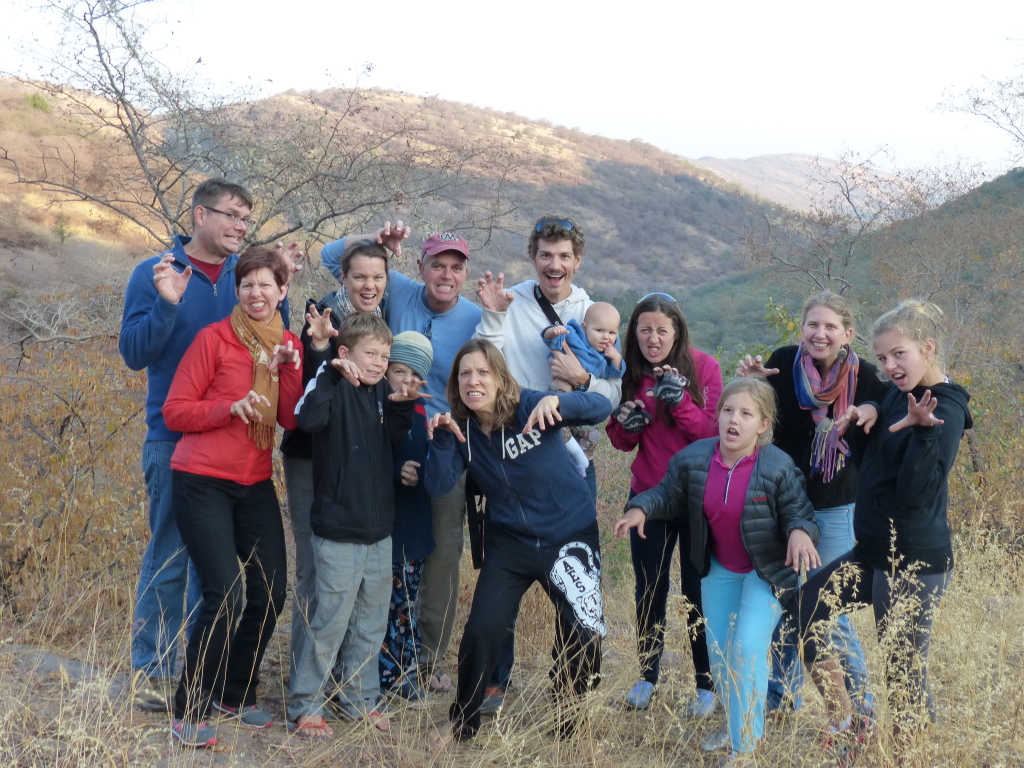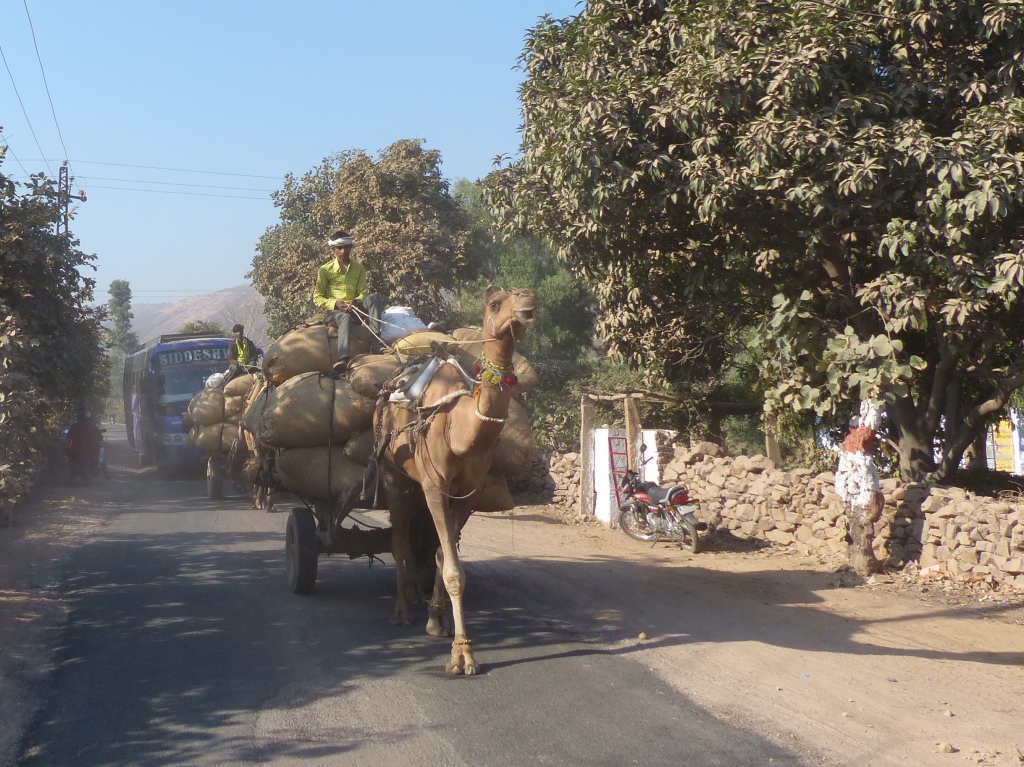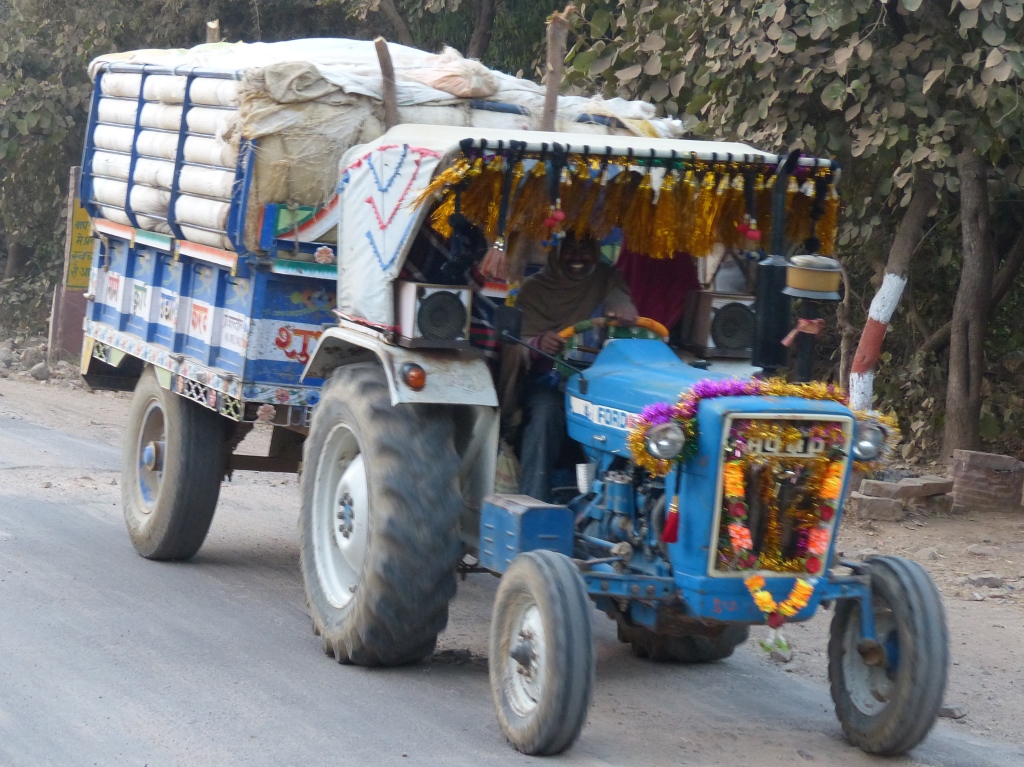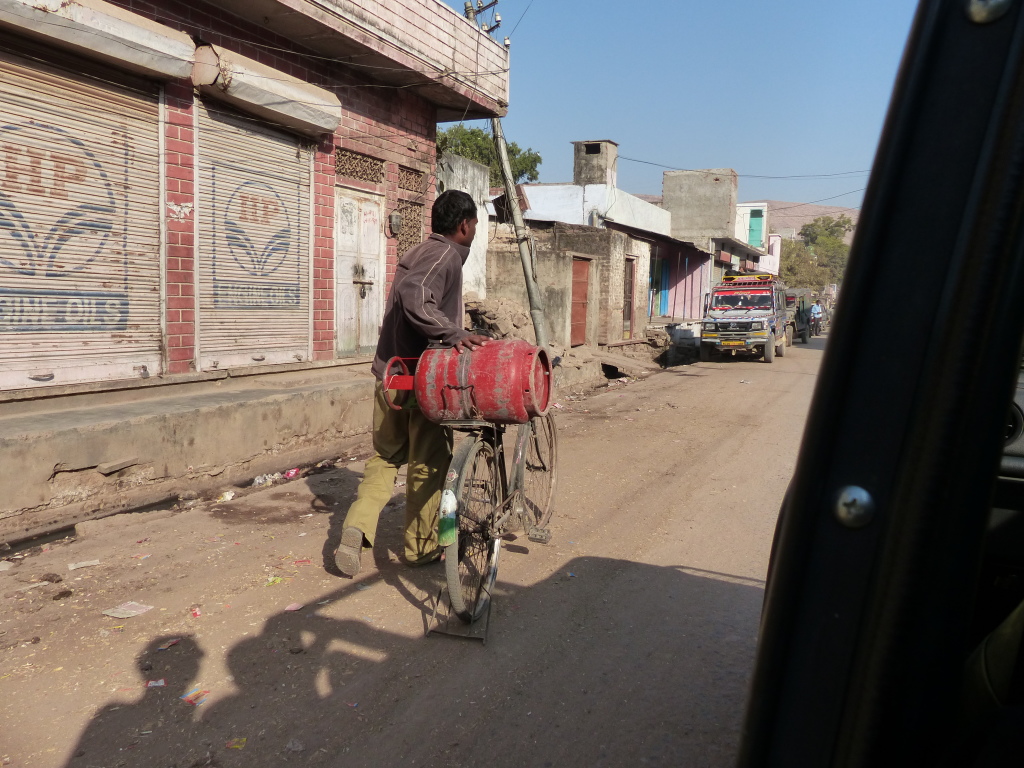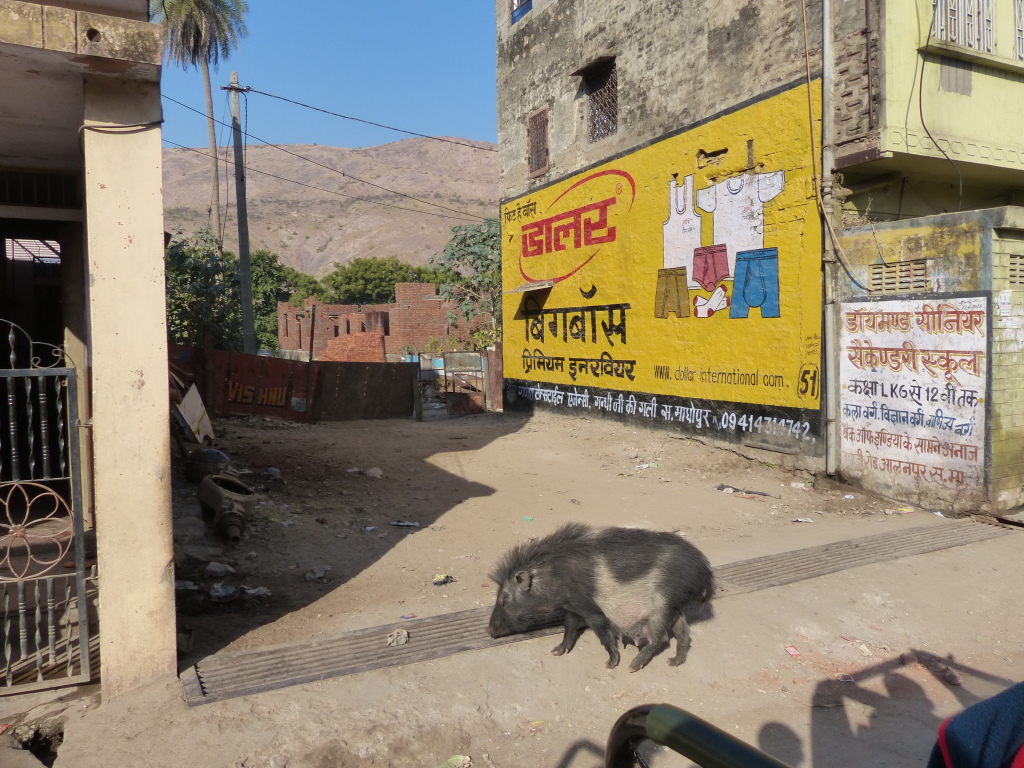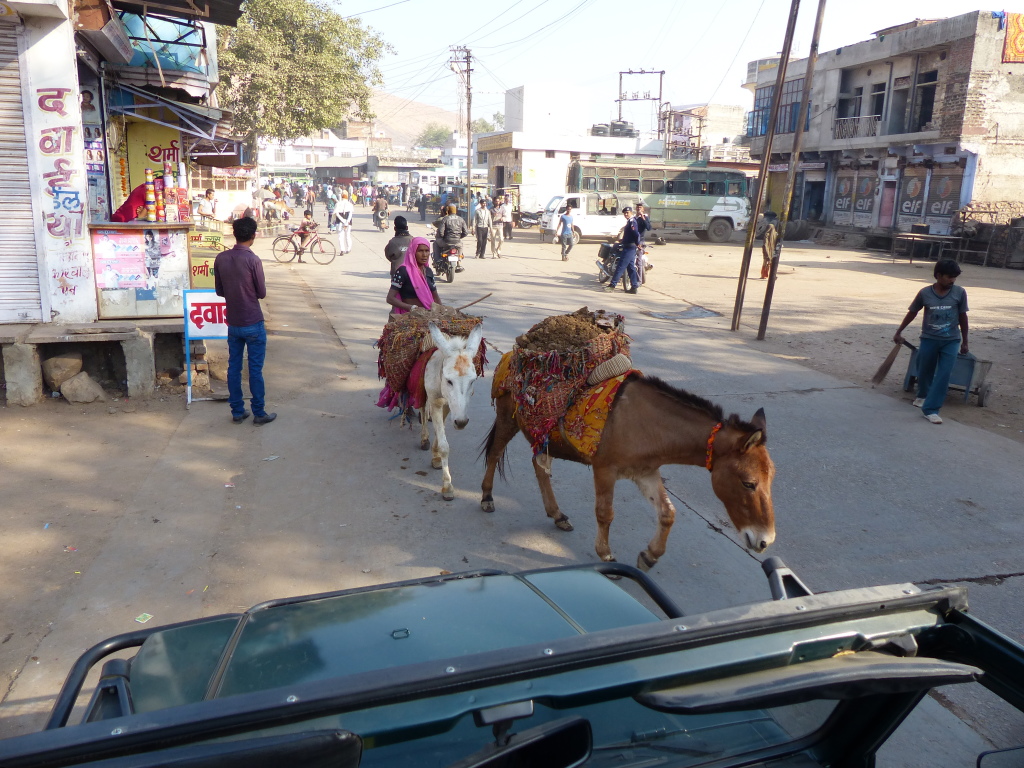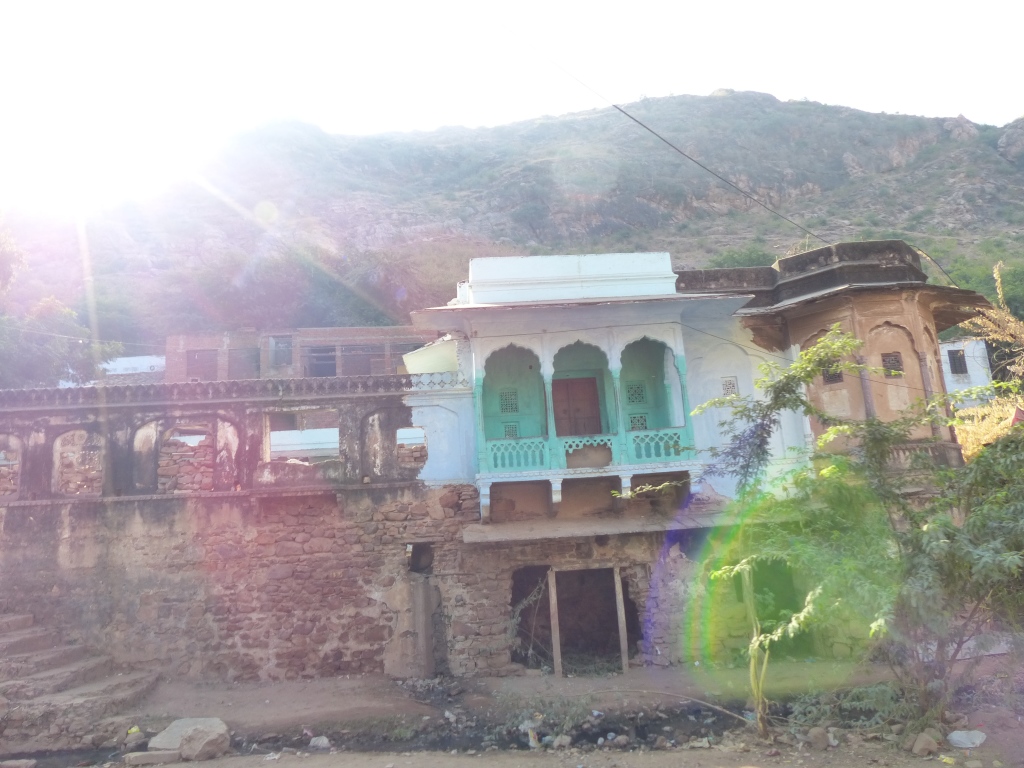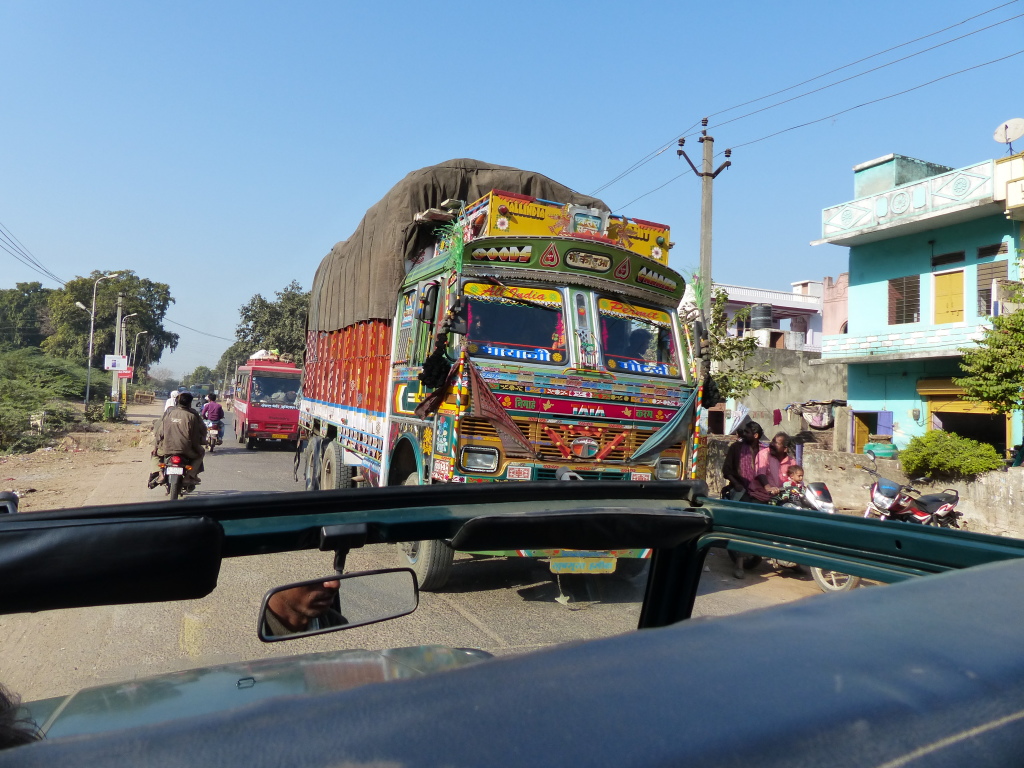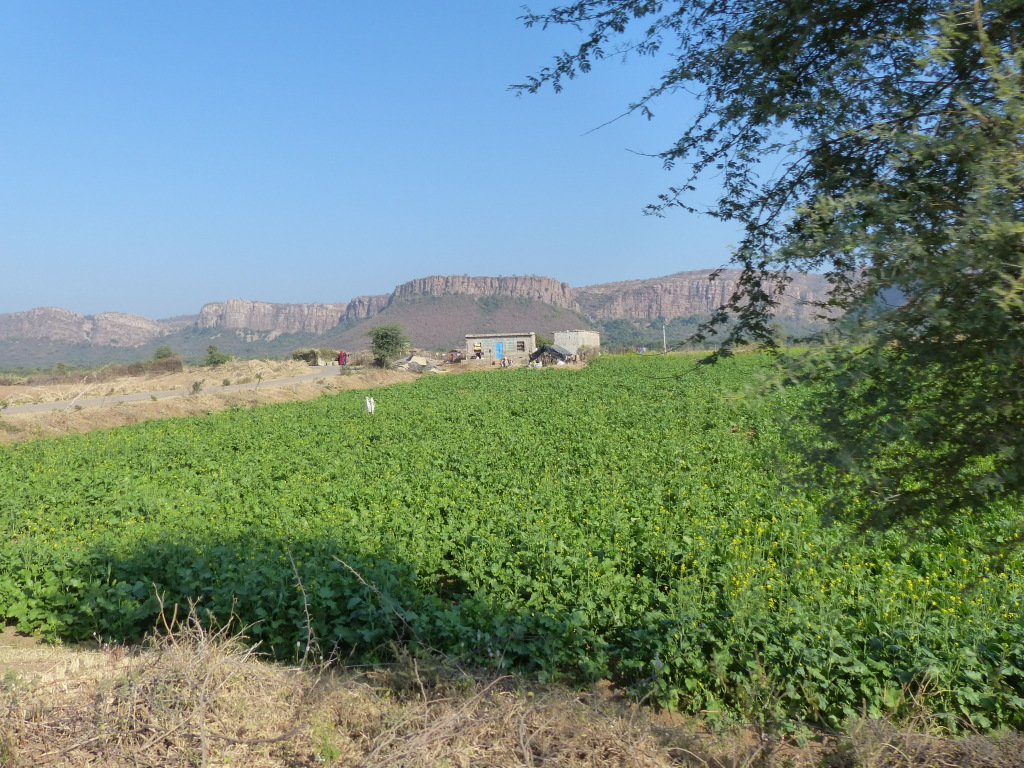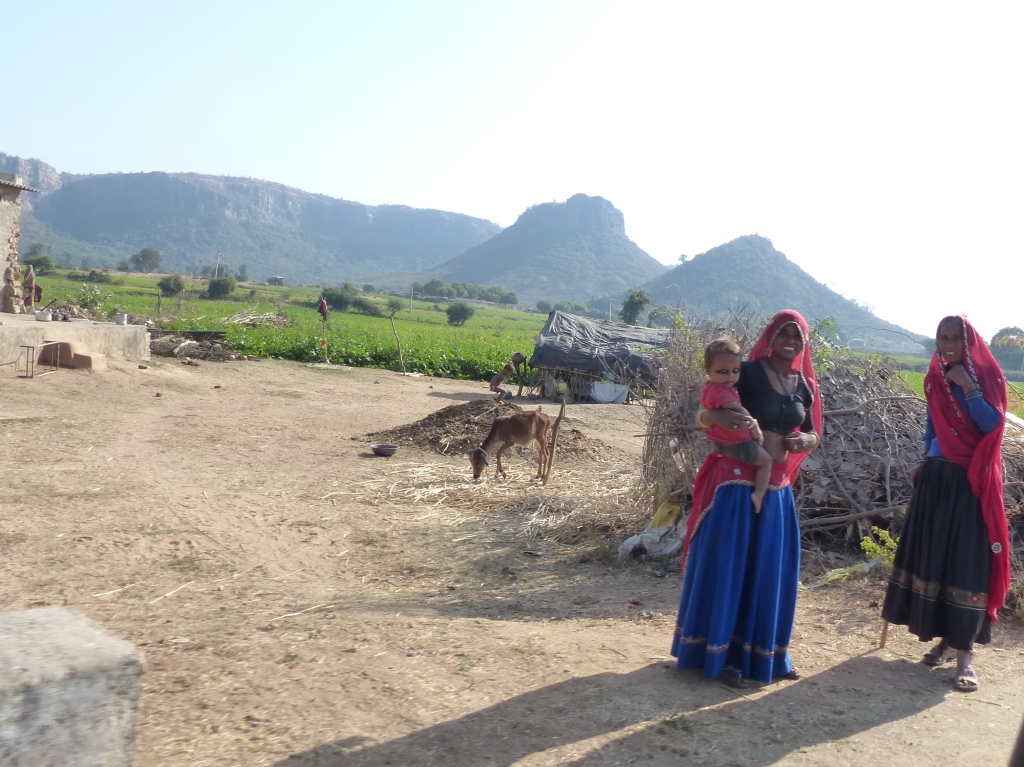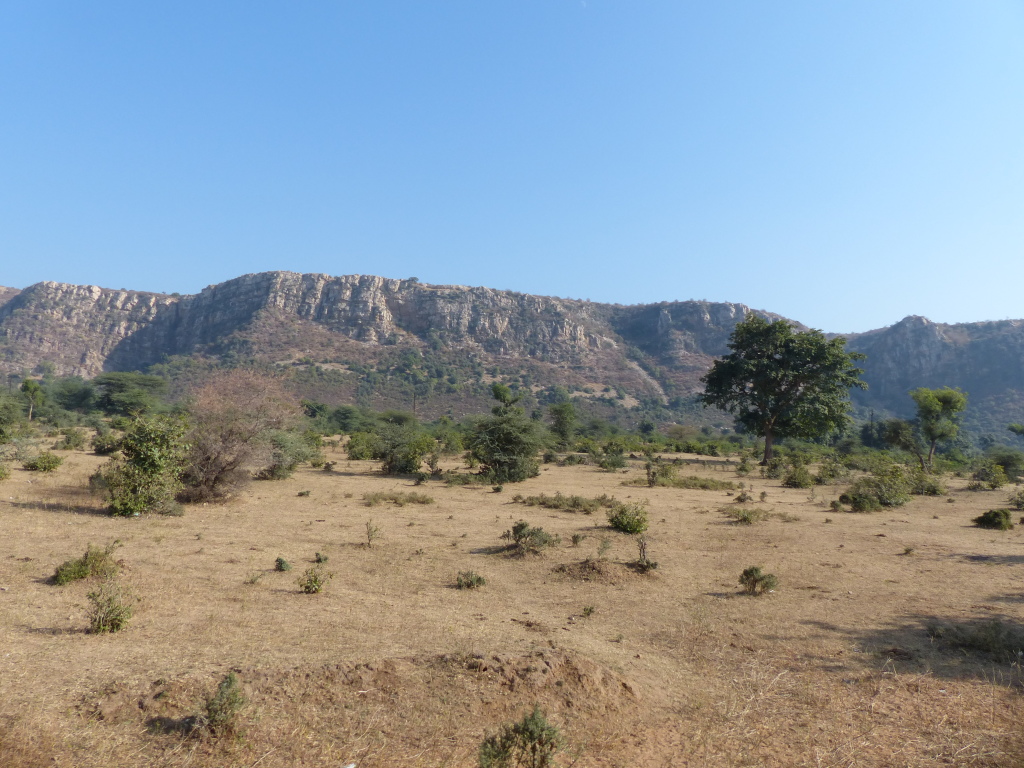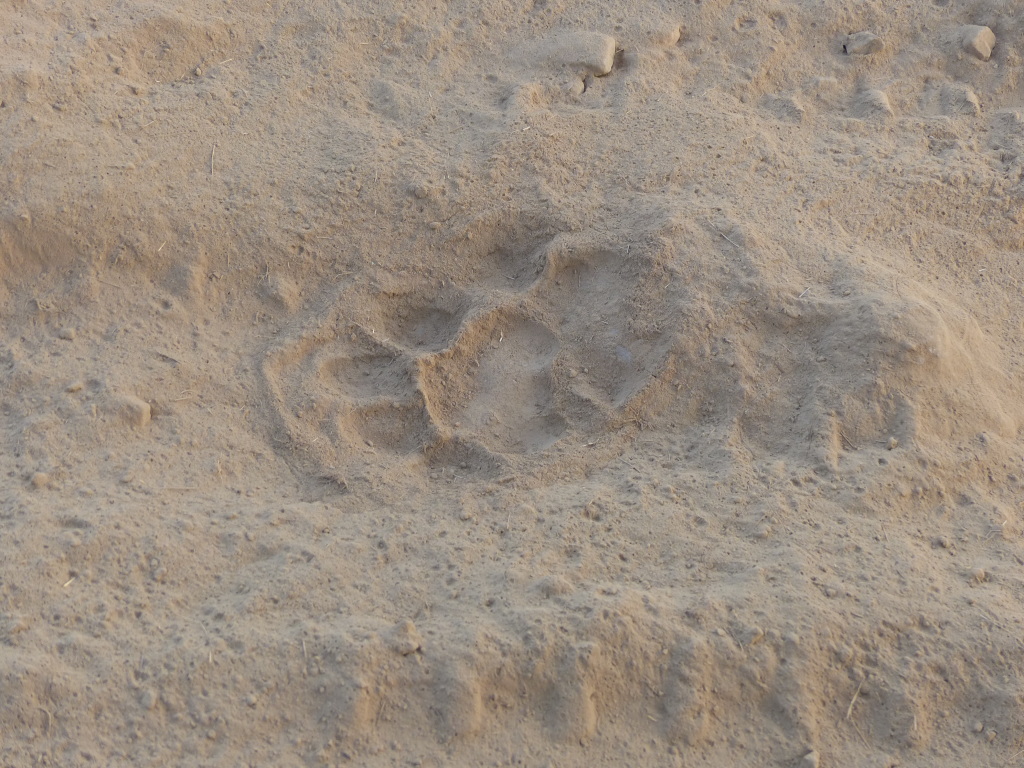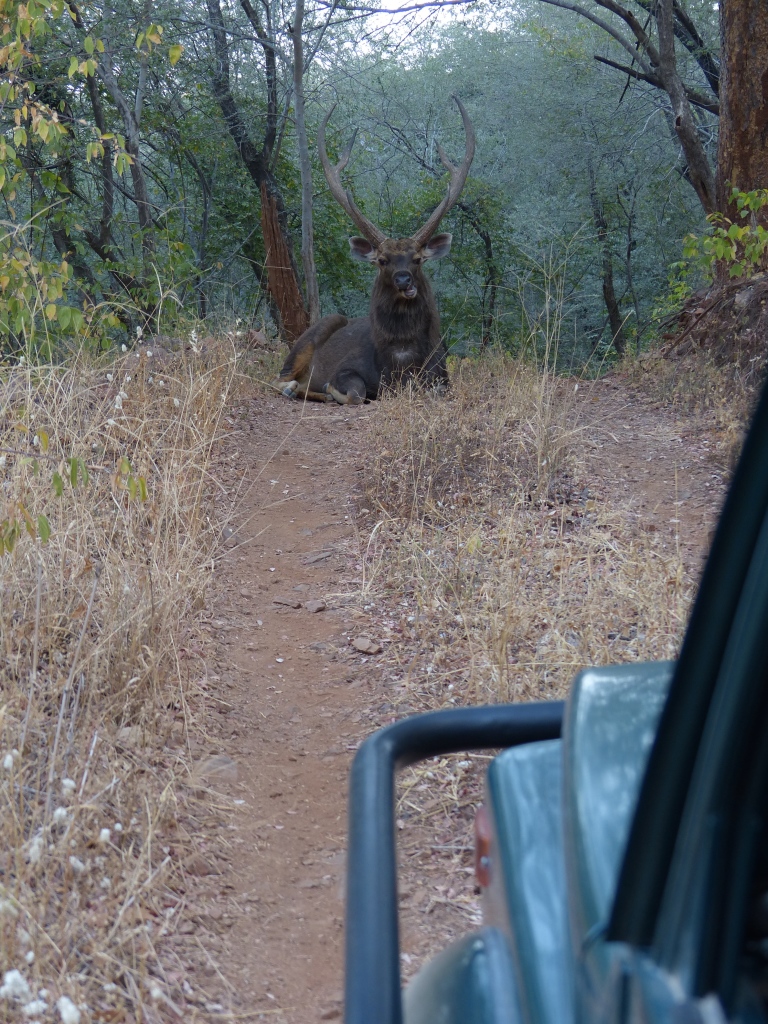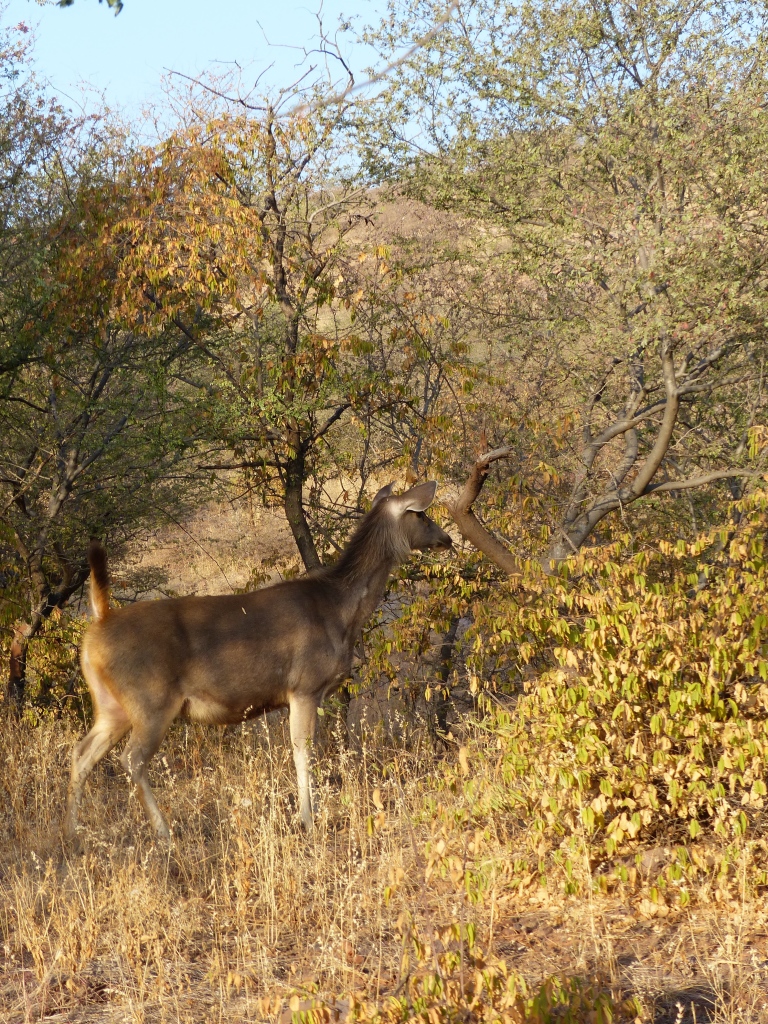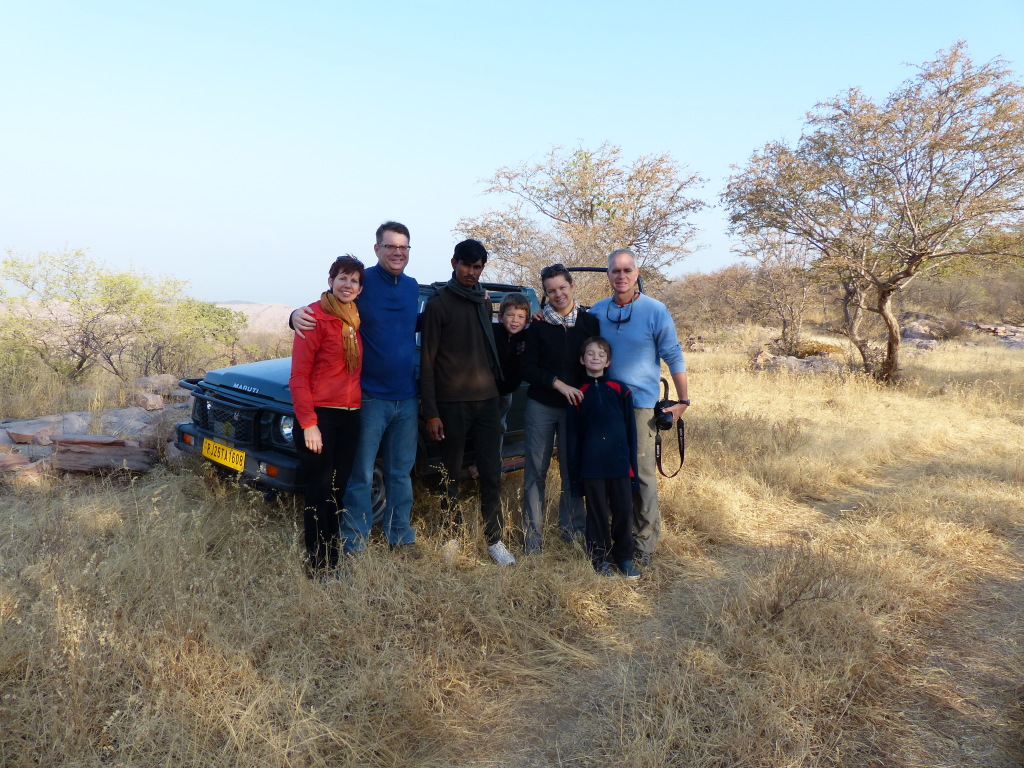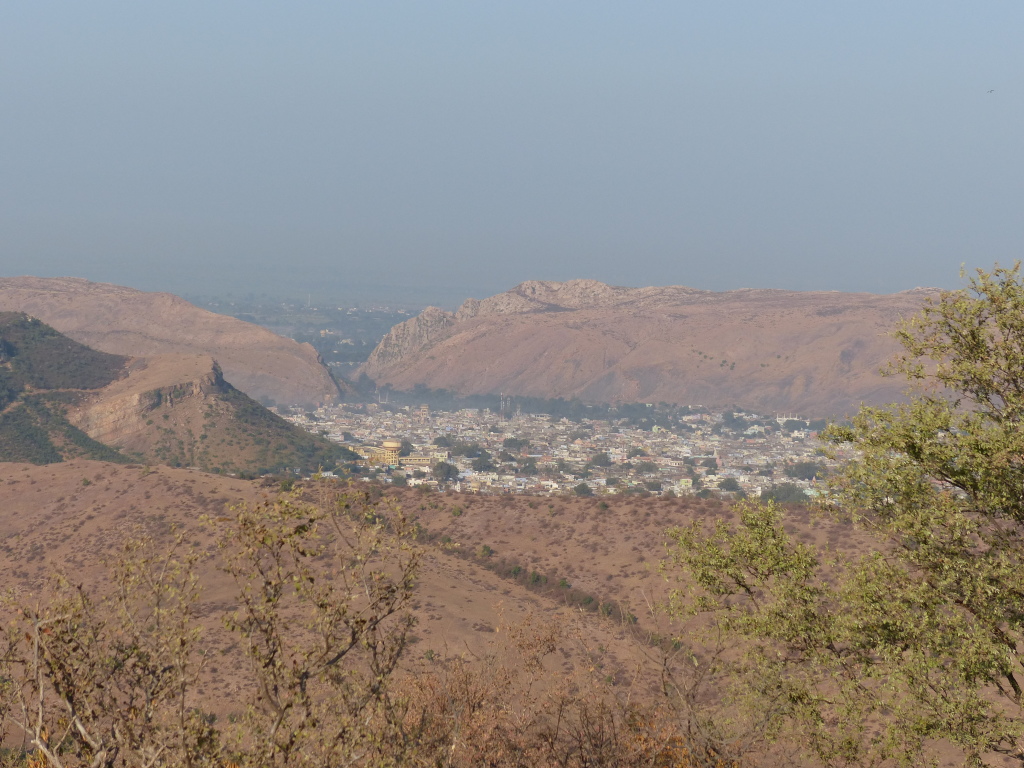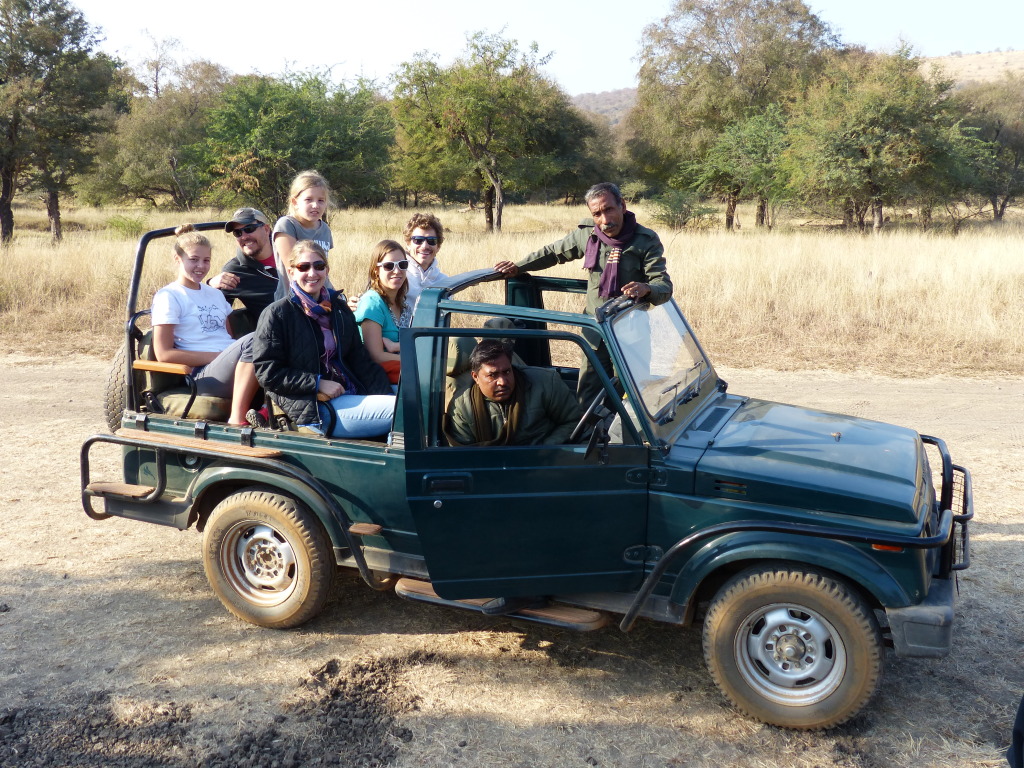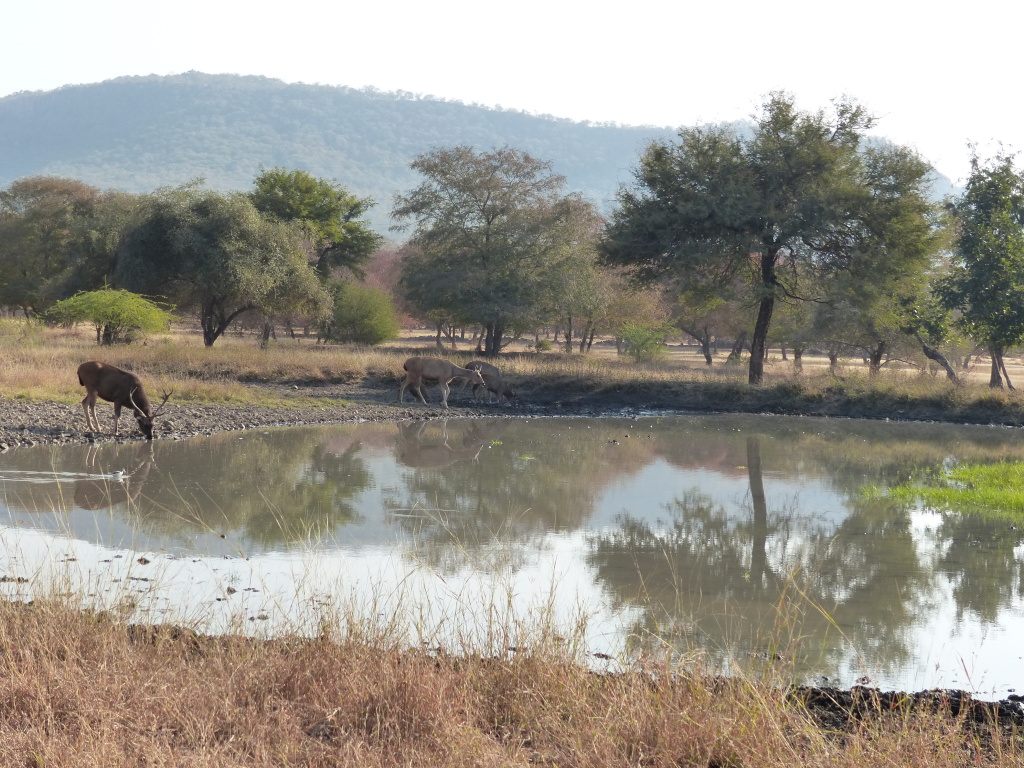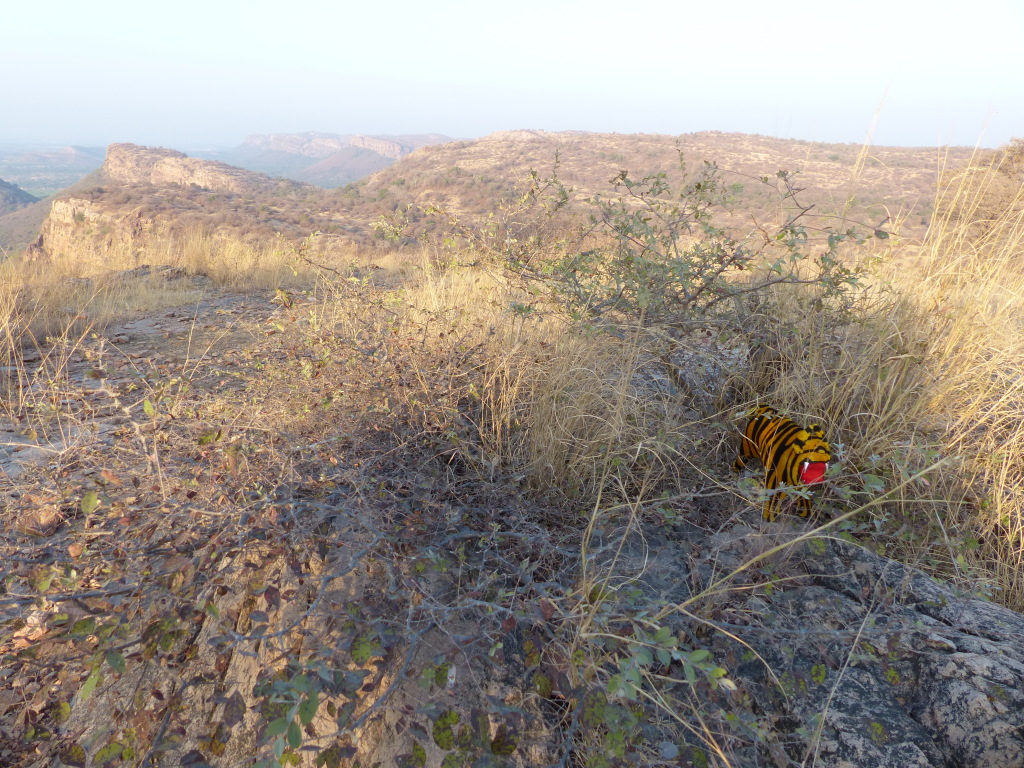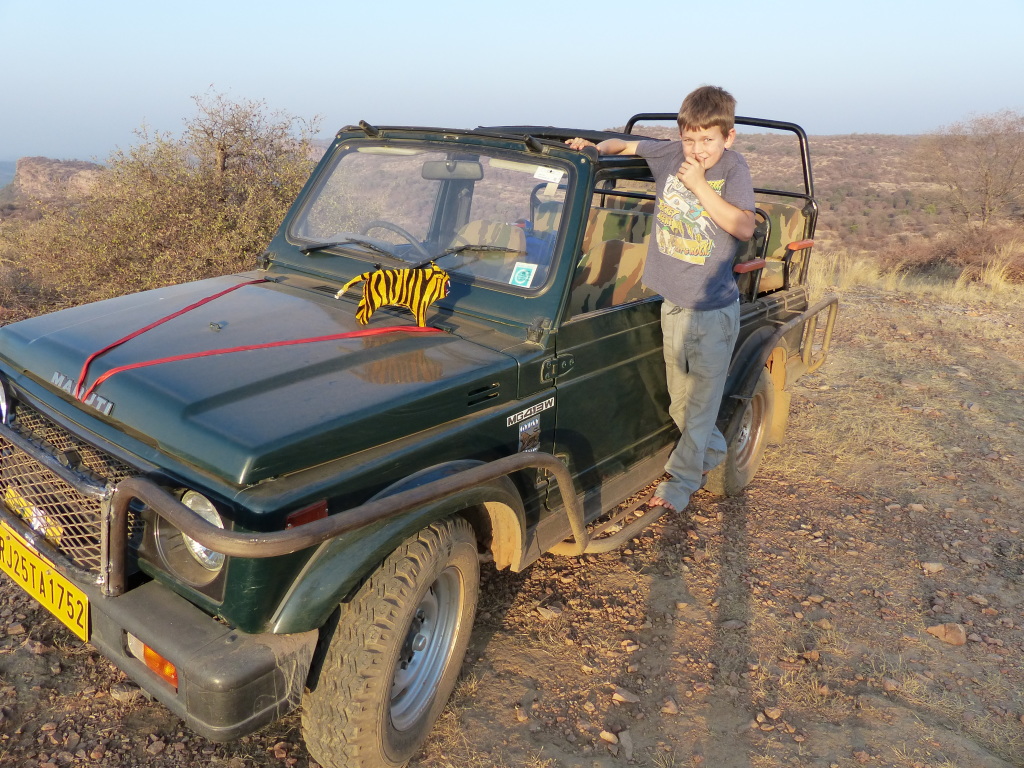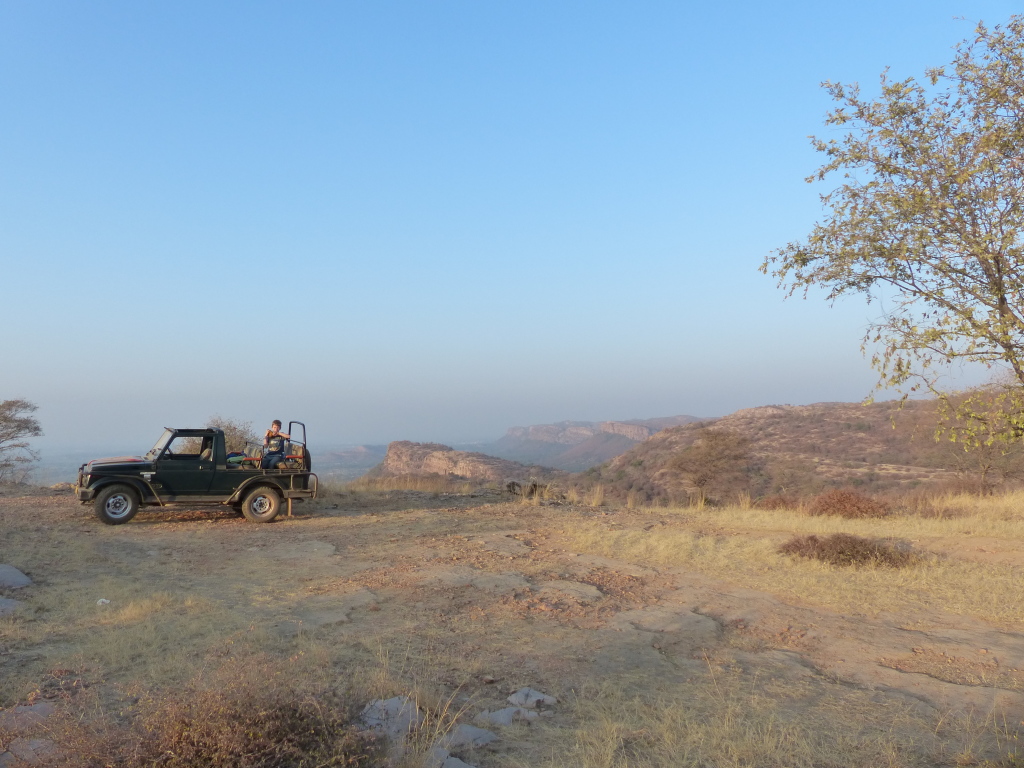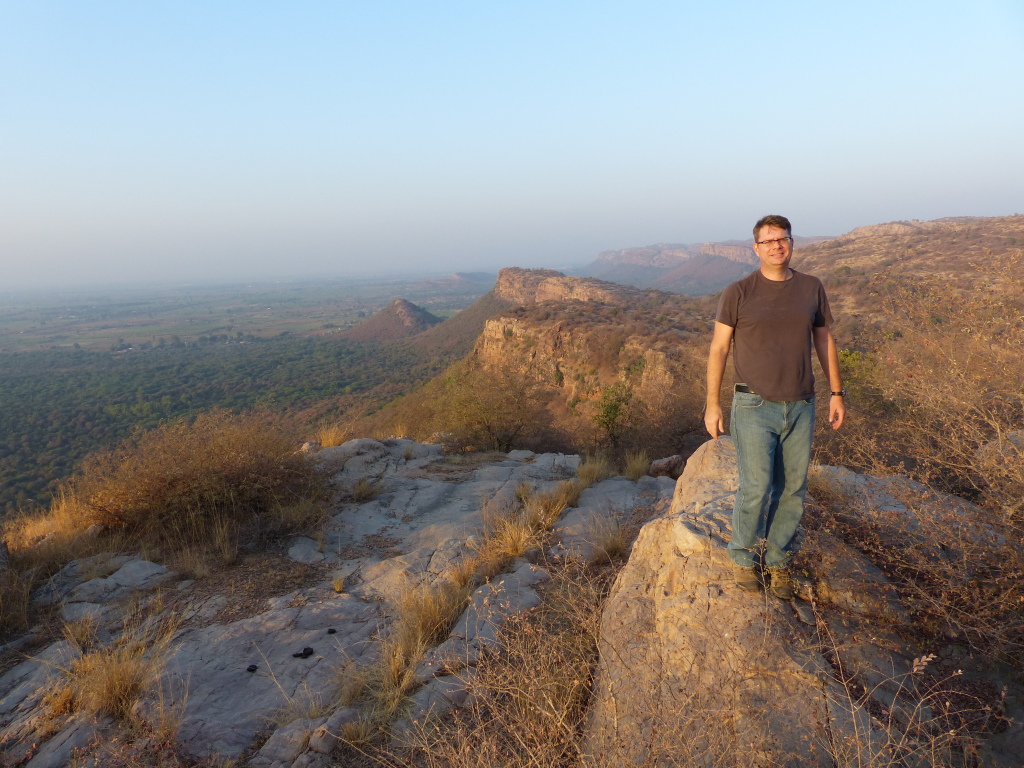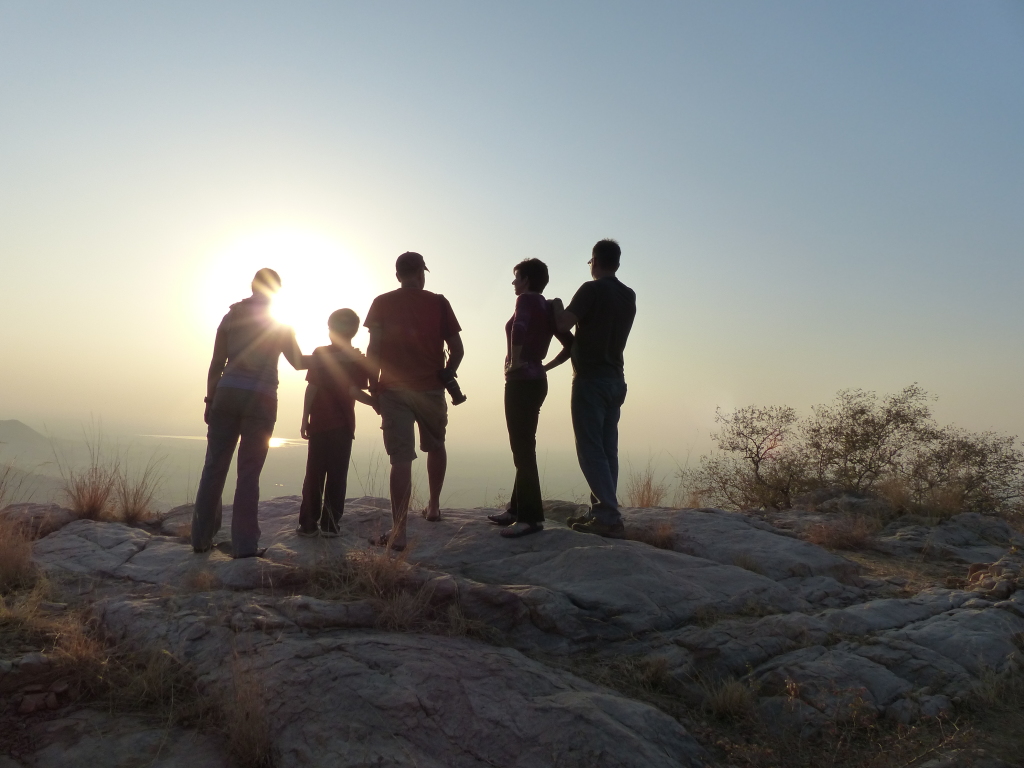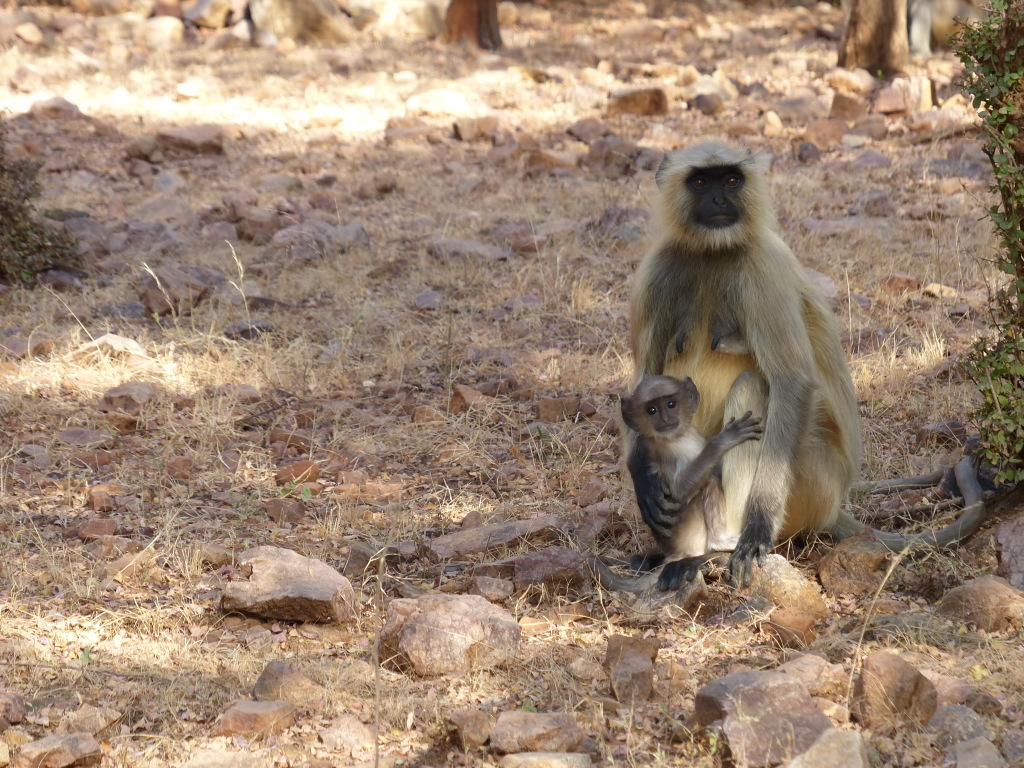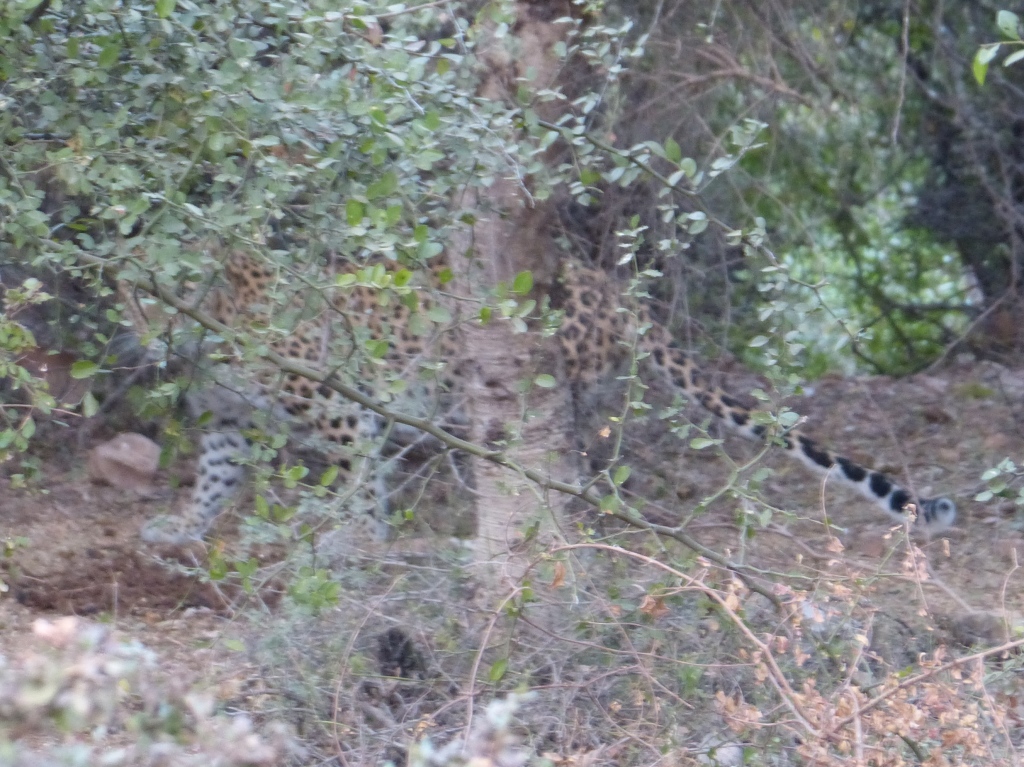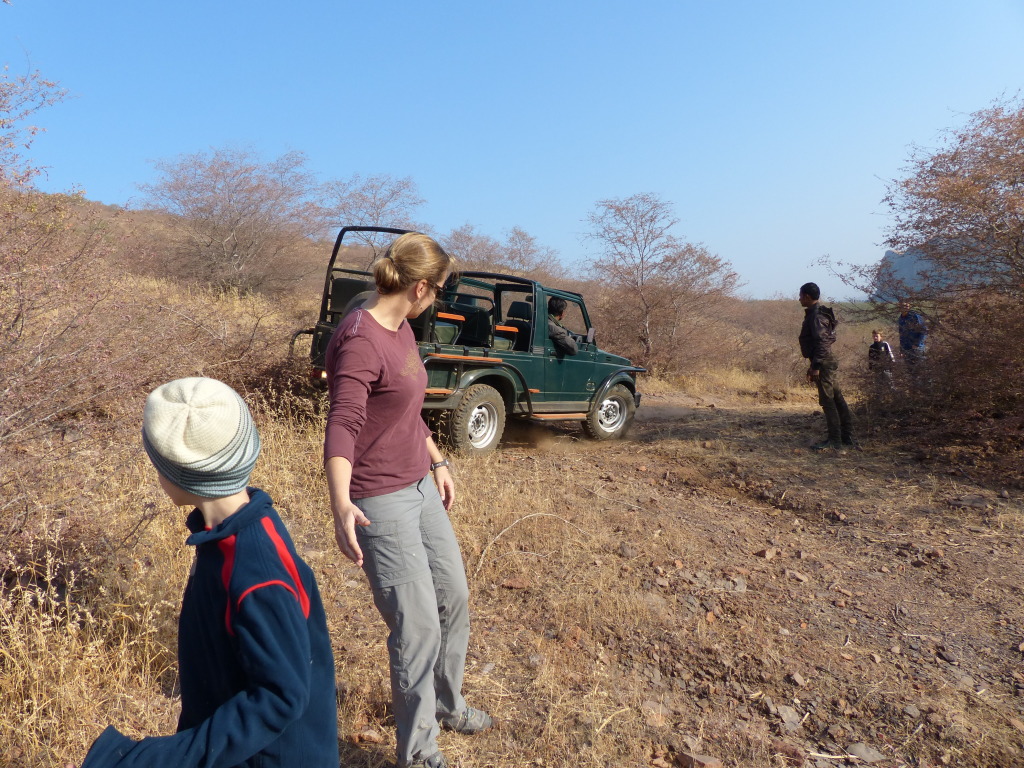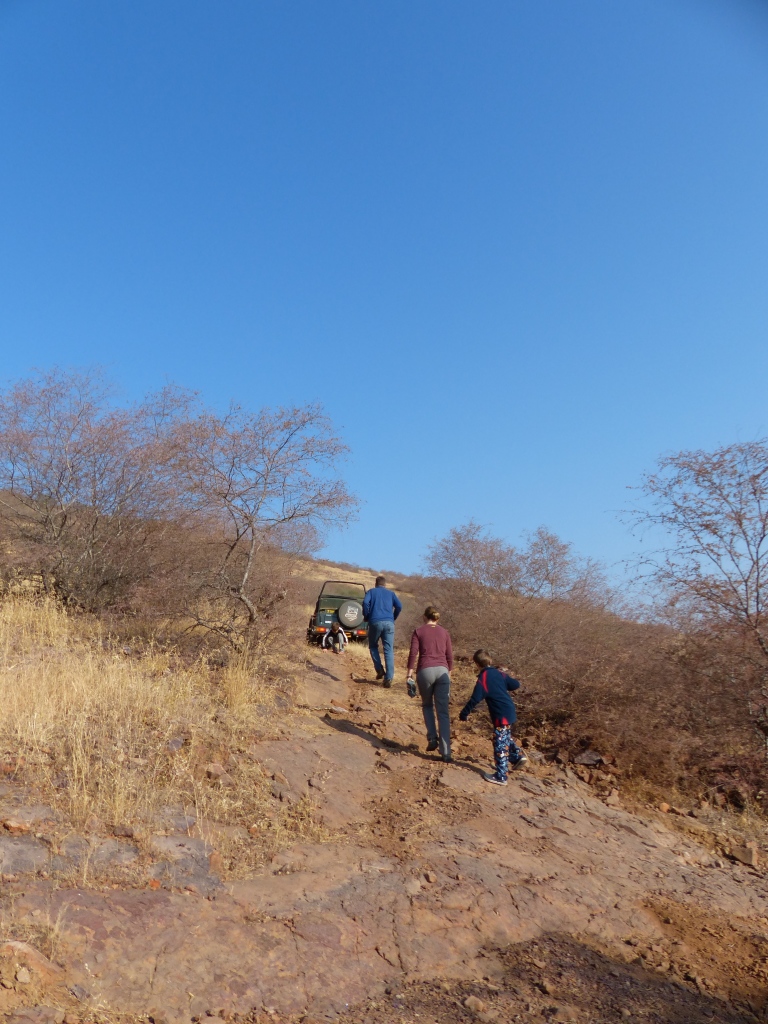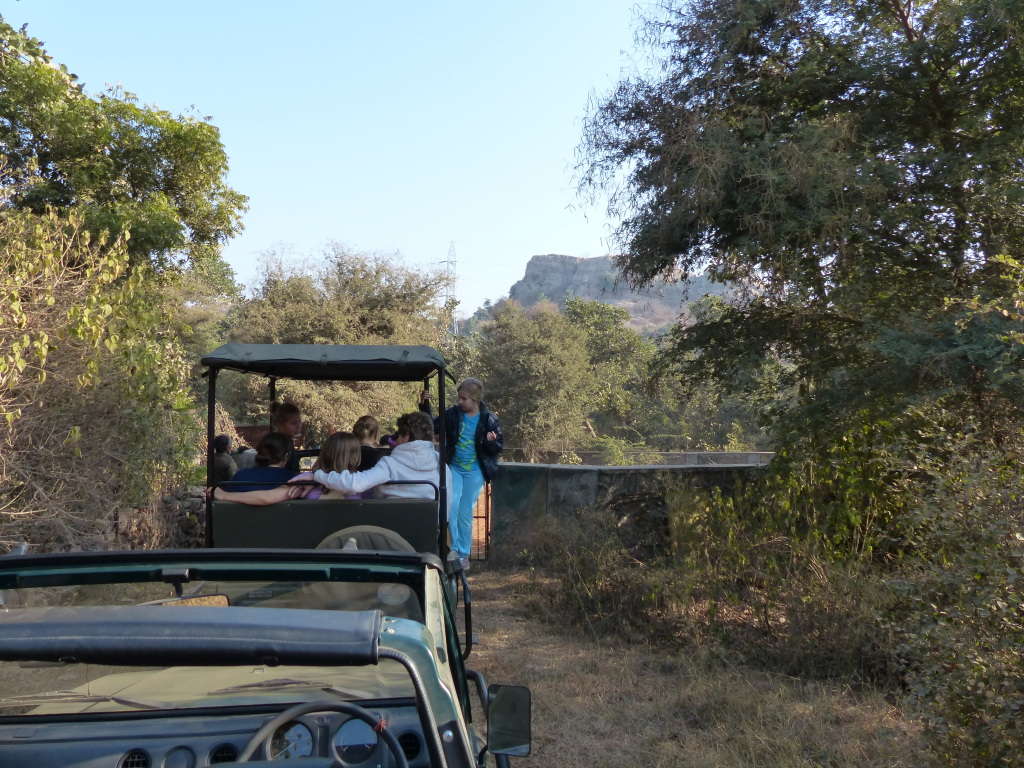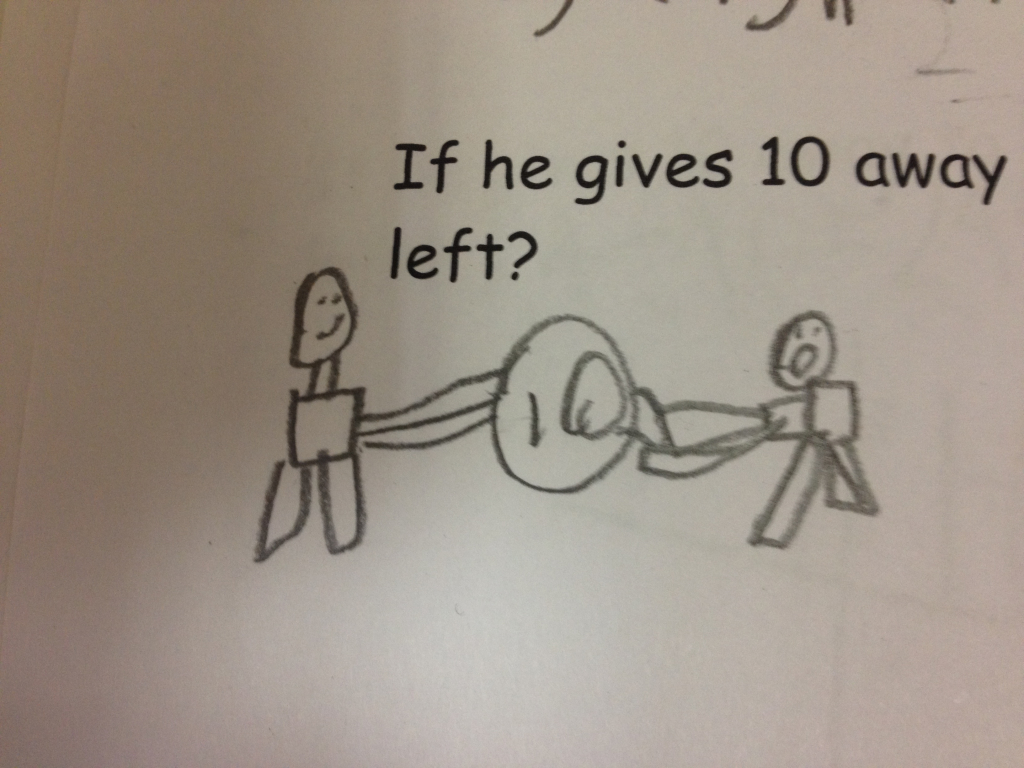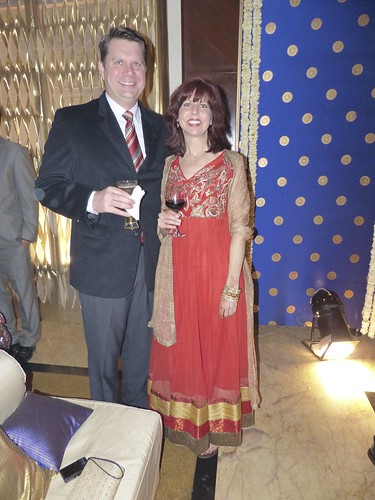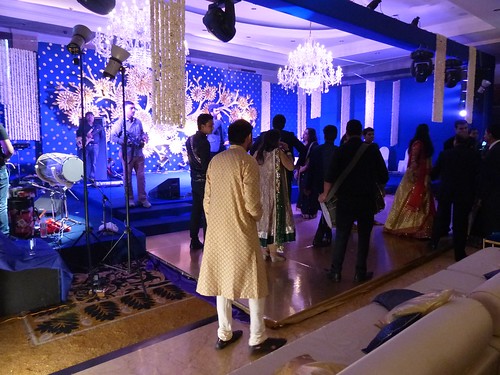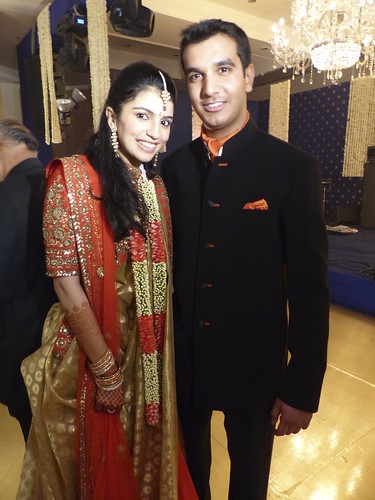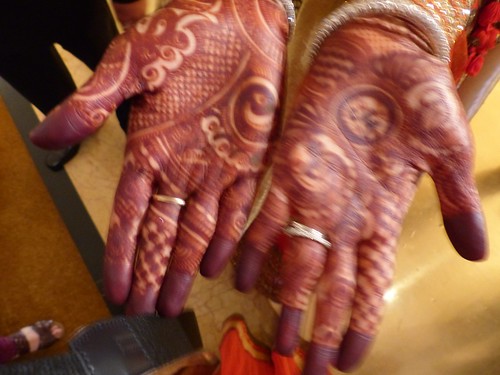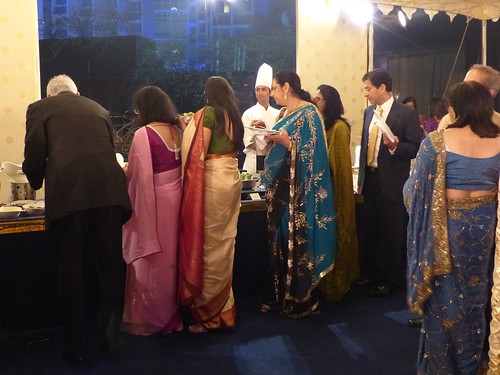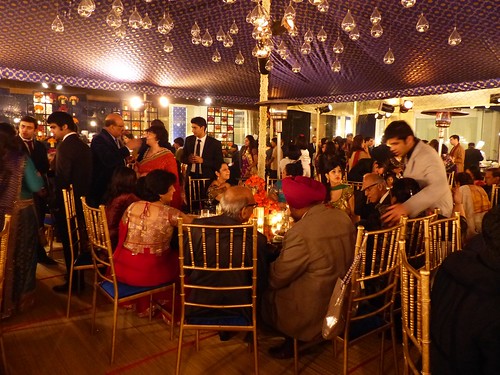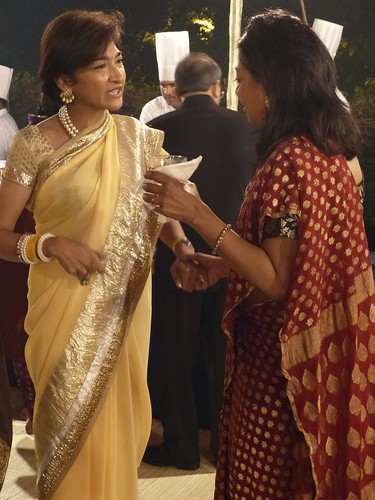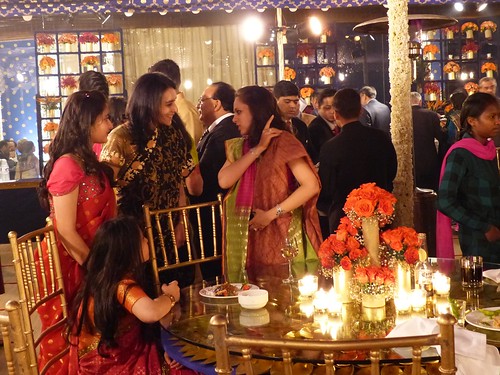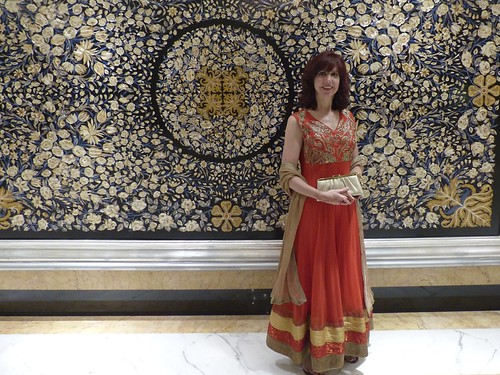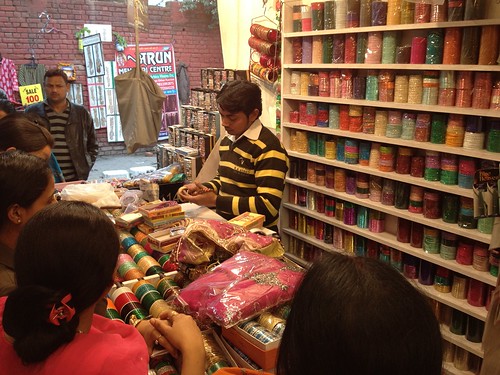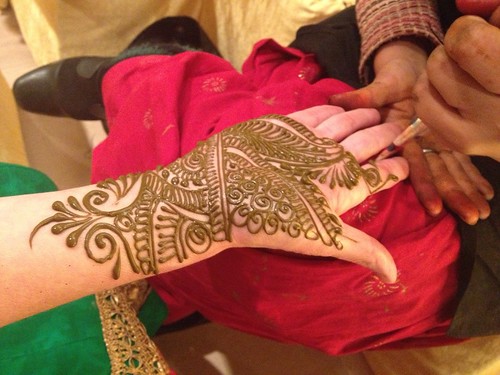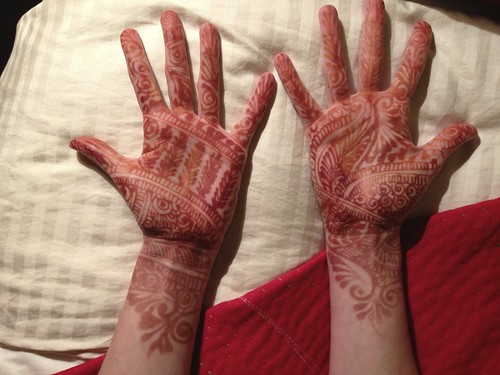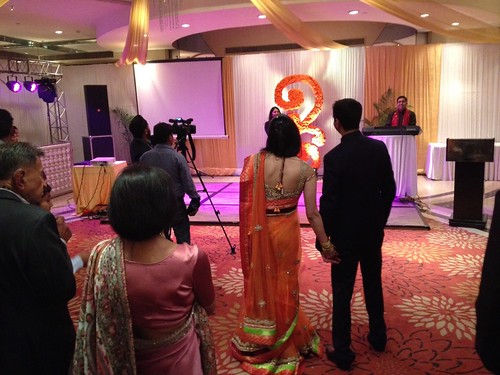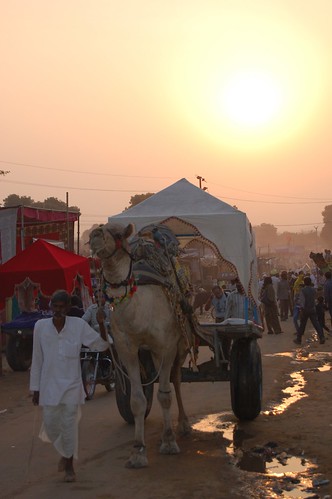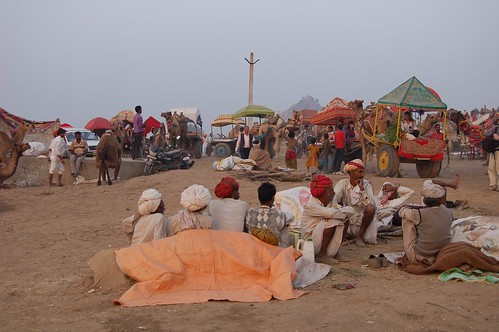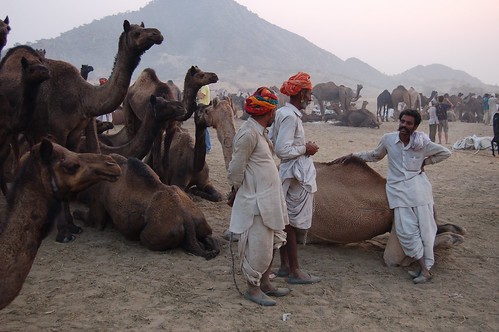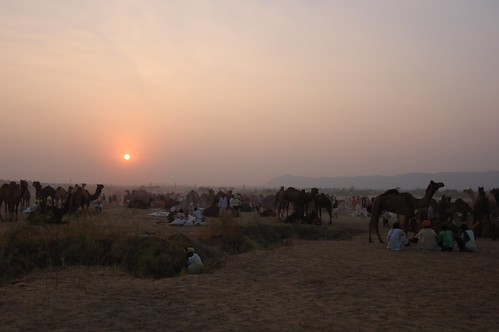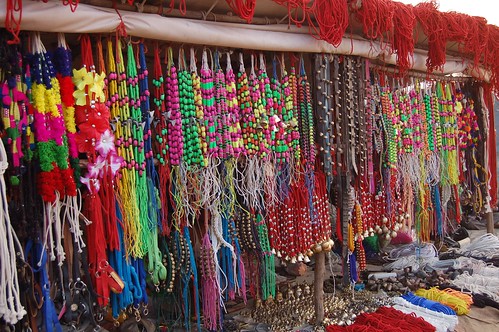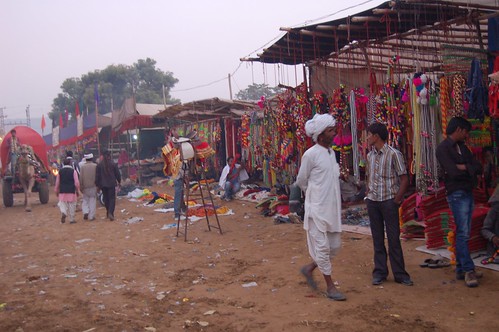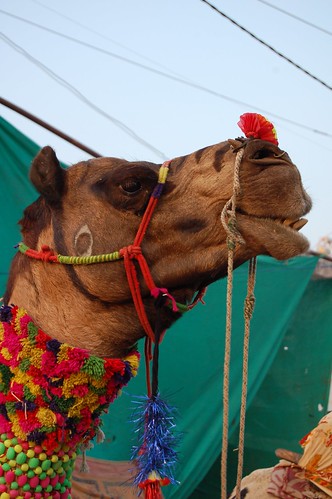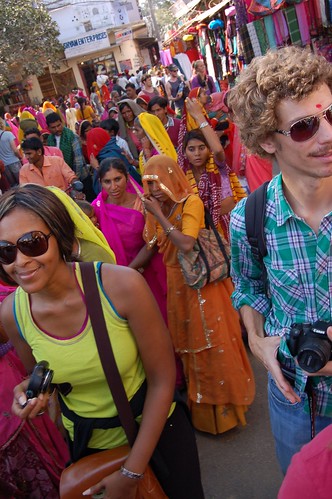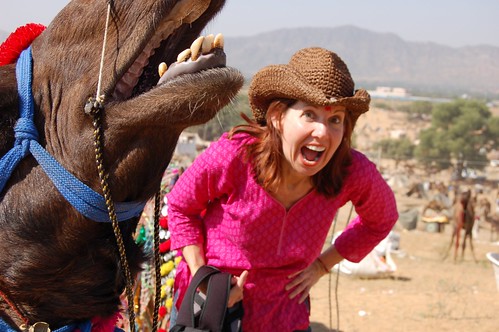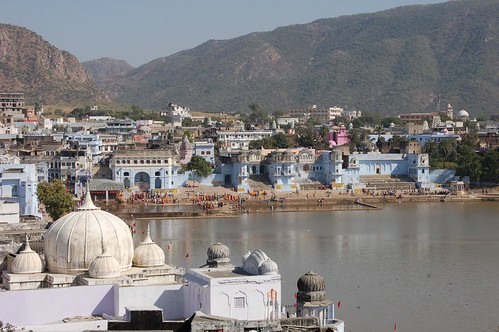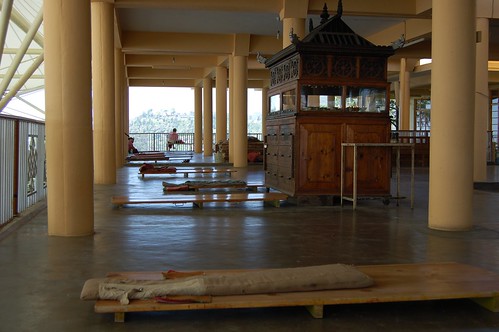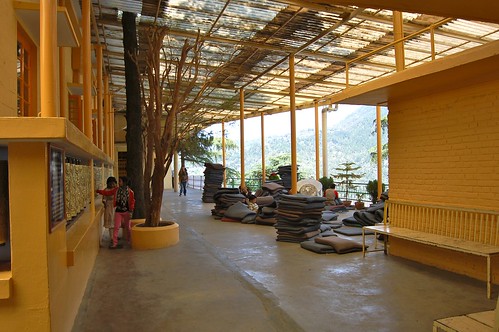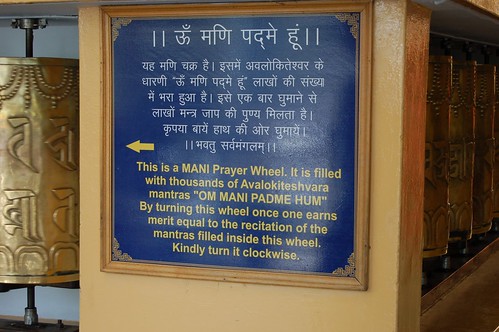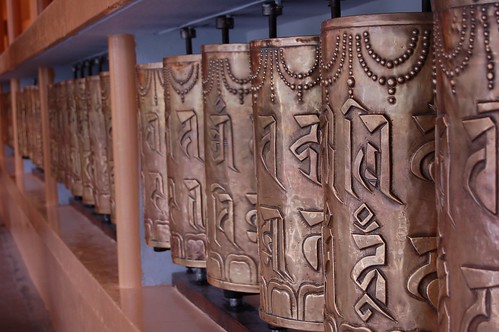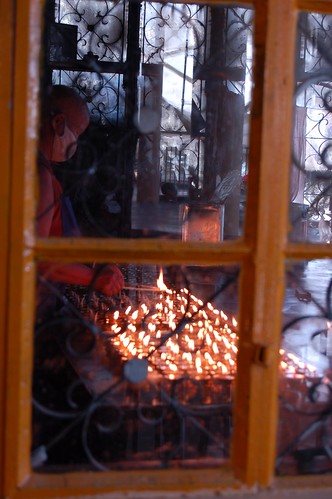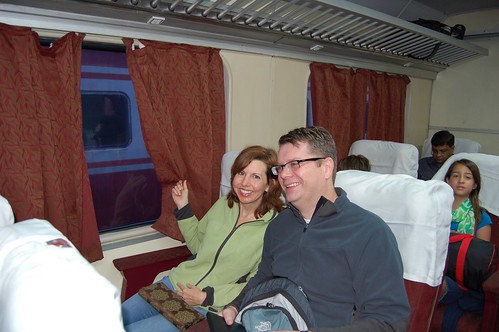For 20 years, I’ve watched Tony grade essays around the world – in his cramped study at our old house in Kansas, at the ruins of Troy and cafés in Istanbul, by the Great Wall of China and Starbucks in Shanghai, on the deck of a rainforest lodge in Borneo, along the banks of the Mekong River in Laos, among the terraced rice paddies of Bali, and at the beach in Phuket, Thailand. “Everywhere, every city we’ve ever been in,” Tony says. “I’ve graded papers everywhere.” It’s true. Even on vacation, we’re never alone. For as long as I can remember, I’ve shared my husband with William Shakespeare, Jane Austen, and Toni Morrison. In part, that’s the life of a high school English teacher. (“Why don’t you just give multiple choice tests?” I whine, staring out the window and wishing I had brought a friend on this trip, every trip. “Because I’m supposed to be teaching them how to write,” he responds, exasperated.)
For 20 years, I’ve watched Tony get to school at the crack of dawn and stay well after the final bell. His classroom door is always open for students who want extra help with an assignment (even assignments from other teachers) or who need a letter of recommendation for their university applications. In his free time, he reads the novels, plays, and poems he plans to teach, even when he’s read them a million times before. He highlights, color codes, writes notes in the margins, fills the pages with sticky notes, and always finds something new.
Tony jokes with his students, “Most people will tell you they became teachers because they love kids. They get energized by you. Well, I don’t. You suck my energy away. I became a teacher because I love books. I love literature. I love the academic life.” But everyone knows that he really does love kids and worry about them and care about them. The students know it best of all.
That’s why I felt especially proud of Tony when the high school seniors chose him to be the faculty speaker at their graduation this year. “The odds were in my favor,” he said when the announcement was made. “I have taught almost all the seniors.” True. Still, it feels good to be appreciated, he admitted.
Tony’s speech perfectly captured his quirky sense of humor, reflective teaching style, and connections with the graduates. He spoke to them, weaving together themes from his classes with life lessons. He referenced inside jokes that only the students would get, and – best of all – in my opinion, he reminded them to carry on the values that AES instilled in them: compassion, service to others, and a growth mindset.
Here’s the American Embassy School of New Delhi graduation video. Skip ahead to 44:50 to see Tony’s speech.
A few people have asked for the script. Here you go. Feel free to share. Tony later realized he misattributed the phrase, “Pavements gray,” so he fixed it in this version.
I am truly honored to be speaking to you today. But, before I begin my speech, I would like to say something that is actually important.
Simply put, I care about you – many of you. I’m fond of you. I’m proud of you. You’ve earned my utmost respect. And when you are gone, I’ll think about you; I’ll remember you; and I’ll miss you, starting Monday, when you definitely should be gone.
OK, the speech.
Earlier this year a traveling salesman came to our school. OK, he wasn’t actually a traveling salesman. He was what Paul Johnson would call a teacher trainer.
But, I like stories about traveling salesmen, so here we go . . .
Anyway, this salesman made us all think about what AES teachers do, and he tried to make us worry and wonder if we were, in fact, preparing you for “the real world.” And by “the real world,” he meant – I guess – life beyond AES, where you will all go and exist, starting in about 40 minutes.
Now, I was a little traumatized by his premise that AES is “not the real world.” We aren’t real. Ironically, in the place where we teach you “to be or not to be,” we are … NOT.
Let’s think about what this means.
You can’t BE a student at AES. Apparently, you can only NOT BE a student at AES. When you move those tassels, of course, you won’t be students at AES anymore, but for a few more minutes you are students at AES … NOT.
This happens in every class, I’ve lost a few of you. Don’t worry about it.
The idea that AES isn’t the real world is sort of a great contradiction to Descartes and the fundamental keystone of all western philosophy: Here, at AES, “we think, therefore we are” . . . NOT. In Latin it would be: Cogitamus, ergo NON sumus.
Now, I did wonder if, in fact, I had prepared you for “the real world.”
But, I’ve been an academic all my life. So, I guess I never have actually really been in or seen the real world.
Oh, I’ve heard of it. It comes up occasionally in class. It’s what the poet William Butler Yeats called “pavements gray.”
And Wordsworth said,
“Where getting and spending we lay waste our powers
For the little we see in nature that is ours.”That’s from Mr. Glennon’s favorite poem by the way.
Indeed, the real world, as I understand it, is what the Romantic poets, and Walt Whitman and Thoreau and even Huckleberry Finn on his raft were forever trying to escape.
So, maybe I didn’t teach you how to live in “the real world,” but I know I taught you how to escape it – you can pick up a book. You can pick up a book, too.
Here, in “NOT the real world,” we spend way too much time trying to teach you something totally irrelevant out there: how to be self aware.
What we teach at this school is how to look at the world critically, logically, creatively, theoretically, artistically, mathematically, communally, politically and compassionately
And I have always tried to do that without taking away the sense of wonder that 5-year-old you initially brought with you to kindergarten.
Now, some of your parents don’t know what I mean by wonder. But it is the most important thing I teach!
Socrates taught us that “wonder is the beginning of knowledge.” So I’ll teach you the way I taught your children: Do you remember when you were a kid, probably 3 or 4 years old, and you were riding in the back seat of the car. It was night and your parents were driving. For some reason it was quiet and you looked up and you noticed that the moon was following you?
Amazing that you still remember the emotion! You remember because you wondered.
That emotional joy of discovery is why I teach literature, a topic which has always been an exploration of what it means to be a human being. When you examine everyone from Macbeth to Gatsby, Frankenstein to Elizabeth Bennet, Job to Hermione Granger, you learn something.
I mean that here, in the “NOT the real world,” we think about the infinite possibilities that is man all the time. “What a piece of work is a man! How noble in reason! How infinite in faculties!” as Hamlet says.
Twenty-five hundred years ago, Socrates (who, by the way, they poisoned right out of the real world) said, “The unexamined life is not worth living for a human being.” I do verily believe it.
And so let me give you my one bit of advice for people about to go into the real world. Don’t go! Don’t go! Some of you girls couldn’t walk very far in those shoes you’re wearing anyway. So, don’t go!
Don’t go into the world that Willy Loman describes by screaming: “The competition is maddening!”
I don’t know if we prepared you for the real world. And I’m not sure I’m ready for tomorrow either. I do know that AES is special though.
Here, in “NOT the real world,” we constantly strive to better ourselves.
Here, in “NOT the real world,” we value community, and the noblest trait is caring about others more than ourselves.
Here, in “NOT the real world,” we think about learning as a lifelong goal, something we continue to do until our very last breath.
Here in “NOT the real world,” we know that what you spend a lifetime building can be torn down in an instant, and yet you should spend your life building anyway.
Here, in “NOT the real world,” we actually mostly try to teach you how to continue living in a world like this one, by being awake to the infinite possibilities that is humanity and your own unlimited potential.
So, did we prepare you for “the real world”?
I don’t know. I worry about it. Most of you can’t drive or make an omelet or write a check or iron a shirt. I had to tie four ties before we could get these kids out here.
No, don’t worry. None of that matters.
Truthfully, I kind of assumed you were ready for “the real world” the first day I met you. You were probably ready for “the real world” when you graduated kindergarten.
Bob Fulghum sums up the kindergarten curriculum this way. This is what you were supposed to learn:
Share everything.
Play fair.
Don’t hit people.
Put things back where you found them.
Clean up your own mess.
Don’t take things that aren’t yours.
Say you’re sorry when you hurt somebody.
Wash your hands before you eat.
Flush.
Live a balanced life.
Learn, think, draw, paint, sing, dance, play and work some every day.
And take a nap every afternoon.
That’s why your teachers have couches in their rooms.Kindergarten … I swear to God, that’s really all you needed to know to live and be happy in the real world.
Not ready for the real world? You knew everything the day I first met you! I’m not worried about you! I’m jealous of you, and I’m hopeful about the world because I think you’re going to change it. I think you’re going to make it better. I think every one of you is going to make it more like AES. And that’s what I was preparing you for!
Change the world and make it better. That’s your homework! That’s your homework, too. When is it due? Well, life takes a lifetime. How many days do you have left?
Eventually, when you’re done, they can dig a hole and bury you right in the actual real world. Nothing in the real world really lasts, anyway.
But in the meantime, don’t get sucked, pulled, drawn or contracted into the real world. Don’t ever surrender any part of your soul. That moral truth, by the way, is what you were supposed to learn from every tragedy I’ve ever taught you.
Now, if you’ve ever looked at “Cliffs Notes,” and I think some of you have, and I think some of you have, and I know some of you have … you will learn that the theme of almost every book not written by Jane Austen is “man’s inhumanity to man.”
Man’s inhumanity to man!
Well, from what I’ve heard, that happens out there in the real world. So, don’t go! Don’t contribute to it. Stay here – at least in your hearts.
Thank you.

